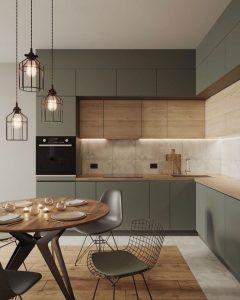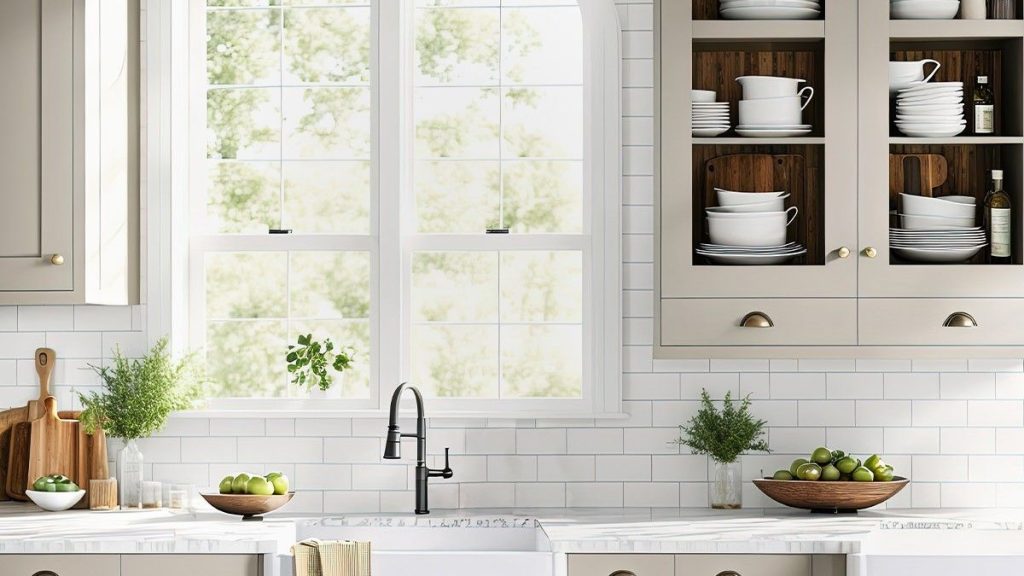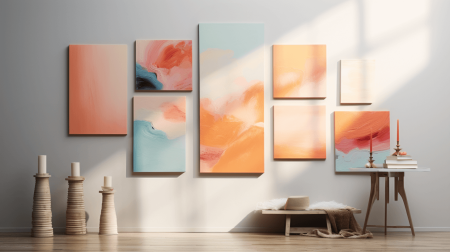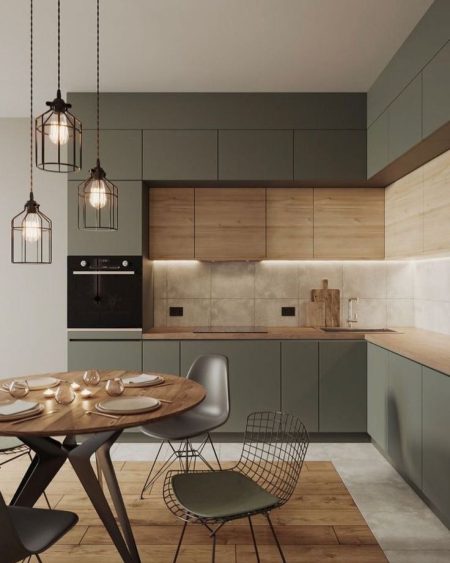Pros and cons window types
Windows do so much more than flood a house with light and nice views. They also help insulate our homes and can make a real style statement.
So whether you’re shopping for a new house, planning an extensive remodel, or just looking for one new window, there are several things to consider before settling on a particular style.
We know choosing the ideal windows can be overwhelming, so we asked real estate and design experts to give us the full scoop on a variety of options.
How to pick a window
First, consider your priorities regarding window form and function.
When it comes to form, the window design you choose should harmonize with the home’s architectural style, overall aesthetics of the room, and your unique taste.
“As for function, consider how much ventilation, sunlight, and privacy the windows offer,” says Artem Kropovinsky, an interior design expert at New York’s Arsight. “Windows should provide sufficient air circulation, light penetration, and insulation for a comfortable living environment.”
Focusing on strategic placement to maximize views and reduce noise should be part of your game plan, too.
And last but not least is your budget. Depending on size, style, and thickness, the cost of the windows and installation can range dramatically. So it’s always best to talk to the window manufacturer and installation team before making a final decision.
Here are the most popular types of windows you’ll likely choose from.
Casement windows
(Getty Images)
Casement windows attach to the frame by one or more hinges and open outward like a door. You open a casement by using a crank or lever.
Pros: Casement windows are one of the best ventilation sources of any window style, says Niki O’Brien, operations manager at Denver’s Custom Exteriors.
Casements also increase energy efficiency, add architectural interest, and are available in various colors and styles. Bonus: Casements windows are easier to clean than other window styles.
Cons: Casements are more expensive than other windows and don’t look good with all architectural styles.
Plan on spending: Depending on size, labor, and finishes, each casement window will cost at least $600, according to Fixr.com.
Double- or single-hung windows
(Home Depot)
Double- or single-hung windows are comprised of two panels that slide vertically within their frame. In double-hung windows, both panels move. In single-hung windows, only the lower panel moves.
Pros: Double- and single-hung windows are some of the easiest to operate and maintain, says Keith Sant, founder and CEO of the Tacoma, WA-based Kind House Buyers. These windows are also the most budget friendly.
Cons: On the flip side, double- and single-hung windows are often less energy efficient and provide less air circulation than other styles.
Plan on spending: According to Angi’s List, double- and single-hung windows will set you back at least $150, depending on size, labor, and finishes.
Picture windows
(Getty Images)
Picture windows are, by definition, large and designed to provide a portrait of the world outside.
Pros: The name tells you everything, says Ben Gold, founder of Philadelphia’s Recommended Home Buyers.
“You get expansive views and excellent natural light,” he notes.
Cons: A broad view means less privacy. Plus, you can’t open picture windows for ventilation.
Plan on spending: Depending on size, labor, and finishes, a picture window starts at around $700.
Bay windows
(Getty Images)
Bay windows consist of three or more windows that extend from the home in an angular shape. Inside, there is usually a built-in ledge with seating.
Pros: Bay windows seriously enhance a home’s aesthetic appeal, create an additional pocket of interior space, and provide panoramic views, says Brett Johnson, owner of Colorado’s CashForHousePro.
Cons: Bay windows generally have higher installation and maintenance costs. There can also be issues with leaking if they’re not properly installed.
Plan on spending: Bay windows start at $910 and go up from there, depending on size, labor, and finishes, according to BobVila.com.
Sliding windows
(Home Depot)
Sliding windows are made of two panels that glide horizontally along a track, with one panel sliding past the other.
Pros: Sliding windows are designed for easy operation, making them an excellent fit for families with a range of ages and mobility issues, says Sant. They also require little maintenance and are cost effective.
Cons: The downside is limited ventilation and the tendency to leak air (and spike energy bills) if not sealed properly.
Plan on spending: Depending on size, labor, and finishes, sliding windows start at about $650, according to Fixr.com.
Awning windows
(Home Depot)
Awning windows have a hinge at the top and open outward from the bottom. Like casement windows, they operate via internal crank or lever.
Pros: Awning windows are easy to use, require very little maintenance, and offer superior air circulation.
Cons: Awning windows are generally smaller than other windows, which limits visibility and natural light. They are not suitable for larger rooms.
Plan on spending: According to The Home Depot, awning windows cost about $300, depending on size and finishes.
Single-, double-, or triple-pane windows?
(Getty Images)
In addition to considering the window style you want, you need to evaluate its thickness.
- Single-pane windows feature a single layer of glass in a frame. “They are less energy efficient, more susceptible to condensation, heat loss, and noise transmission,” Kropovinsky explains. But single-pane windows are also the cheapest and lightest, making them suitable for milder climates or budget-conscious projects. Cost: $50 to $75 a window.
- Double-pane windows have two layers of glass separated by air or inert gas. They offer more energy efficiency and resistance to condensation, heat loss, and noise transmission than do single-pane windows. “They are more affordable and widely available than triple-pane windows, and they’re a good fit for most homes and climates,” Kropovinsky says. Cost: $350-$800 a window.
- Triple-pane windows have three layers of glass separated by air or inert gas. “They are the most energy efficient and resistant to condensation, heat loss, and noise transmission,” says Kropovinsky. Cost: $550 to $1,000 a window.
Read the full article here









